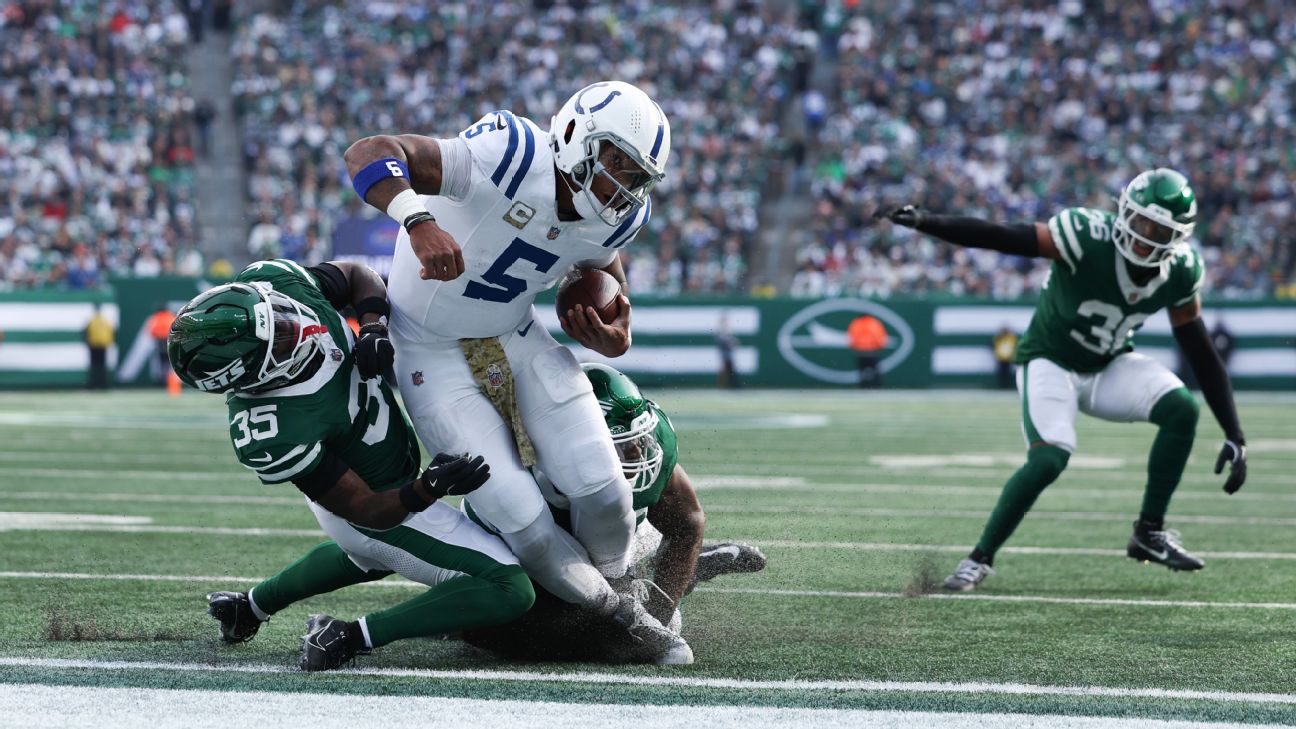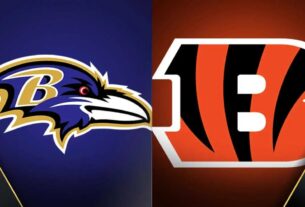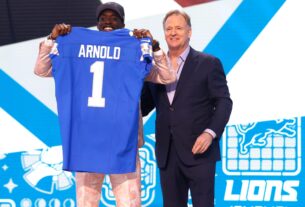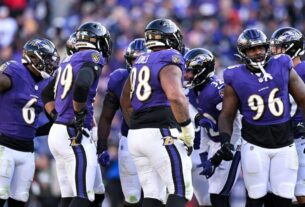Seven thoughts on the Colts’ 28-27 victory over the Jets at MetLife Stadium, with three more coming from the locker room:
1. Anthony Richardson’s return was anticipated, but we had no idea what we’d see: Would he show progress on the cerebral side of the game after two weeks of increased studying, or was that just chatter until Joe Flacco crumbled and the Colts needed him again?
Will the Colts use a game plan that capitalizes on his and the offense’s abilities, or will they stick with their pass-heavy approach from earlier in the season?
And how much would it matter if the offensive line suffered three injuries?
The response on Richardson was really encouraging. He made solid passing decisions and had no turnovers. As a runner, he was strong enough to withstand powerful hits. He had only two really awful plays — the strip-sack and the fumbled exchange with Jonathan Taylor — but he led the Colts back with two touchdown drives with his arm in the fourth.
The final line reflects his best game as a pro: 20 of 30, 272 yards, 1 touchdown, 0 interceptions, 9.1 yards per attempt, and a 106.5 rating, along with two rushing touchdowns.
The Colts offense we’ve been waiting for
2. Like many others, I’ve been waiting 10 weeks for the Colts to run anything with Richardson that resembled the Jalen Hurts offense that Shane Steichen led to a Super Bowl two years ago. That has become more of a need since the Colts signed Jonathan Taylor to a hefty contract, much like the Ravens did with Derrick Henry for Lamar Jackson and the Eagles did with Saquon Barkley for Hurts.
This week’s game script was just what the doctor prescribed.
The Colts used a variety of concepts that they had rarely used this season, including quarterback powers and draws, a heavy emphasis on the zone-read game with Richardson and Taylor, stretching Taylor to the edge behind Ashton Dulin on the move, and allowing Richardson to throw on the move rather than in the pocket.
It resulted in a steady offense that posed little risk and allowed the Colts to avoid the worst aspects of their current selves, which is what has transpired with the offensive line. And it put Richardson in a routine, which he desperately needed following the two most difficult weeks of his career.
3. In a battle between one quarterback who is 40 years old and another who is 22, with both working through issues related to those birthday candle counts, this game was always going to be about which offensive line could survive the mismatches it faced in the opposing front.
And it was an adventure both ways.
Laiatu Latu got his season revving back up with a sack when Aaron Rodgers pumped the ball. The Jets had no answer for Grover Stewart in the run game, only finding success on stretch runs, like Breece Hall’s 18-yard score.
Latu has been pressing lately, leading to some bad moments where he’s broken contain, such as Josh Allen’s explosive throw at the end of the first half last week. The opponent was far more manageable this week, but this was a nice momentum step for a rookie the Colts really need to get going to take the defense from good to something more.
Colts offensive line struggles
4. Indianapolis’ offensive line survived while the game plan was new, run-centric and perimeter focused, but time caught up to the group.
The Colts started three rookies along the offensive line in left tackle Matt Goncalves, center Tanor Bortolini and right guard Dalton Tucker. Not only would that mean a drop in play in most situations, but it would stress the communication in a road stadium between a rookie center, a quarterback with 10 career starts and two other rookies to pass off those protection changes on the fly.
I didn’t notice many free rushers in a communication breakdown way, but the Jets were able to get some just based on skill sets against Tucker and Goncalves specifically. Braden Smith also doesn’t look to presently have the knee bend to win against speed rushers like he used to.
It makes it hard no matter who is playing quarterback. And the closest thing to a solution coming is if Bernhard Raimann can return at left tackle so the Colts can at least protect the blindside and live in 11 personnel with easier answers to Josh Downs.
5. Of the many areas where the Colts wanted to see growth out of Richardson after a two-week benching, reading the blitz was priority No. 1.
They know his accuracy is going to be a work in progress that isn’t fixed by taking better notes or even with the reps in a first full season of starting; that’s not how Josh Allen or Jalen Hurts got to where they are.
But the Colts sat him down ahead of a blitz-heavy game from Brian Flores because they needed a different process of preparation during the week in order to see blitzes and pressure curveballs pre-snap so he can find easier outlets post-snap than just breaking the initial hit and turning a play into scramble mode.
As talented as he is at that, it’s hard to make it work until he has the passing skills and chemistry with receivers to adjust routes in that way.
6. I don’t buy when Steichen said that Joe Flacco’s performance didn’t have anything to do with the decision to go back to Richardson. Mostly because Flacco doesn’t seem to buy it either.
“I’m disappointed in the way the past two weeks went,” Flacco said on Wednesday. “I wanted to provide a spark and get some wins for the team and wasn’t able to do it. I’m mostly just disappointed in that.”
If you take out the garbage-time drive against the Bills where Flacco threw a touchdown pass to Alec Pierce with so little time left that Bills players weren’t even trying to rush the passer, he led 14 drives as the Colts starting quarterback. Indianapolis found the end zone on one of them.
That, combined with Flacco’s six turnovers in two games, put the Colts in a spot where their initial promise to make a push for the playoffs couldn’t hold up anymore. It cut down on the time they wanted to spend on “the process” with Richardson, where they hoped he could take notes and learn through watching Flacco make corrections and adjustments on his game film.
With little success on the field, it was hard to create those lessons in real time that they were sacrificing through the reps. It became harder to sell to the players on the team that this had a pay-off they would feel, now or later. So I think they went back to Richardson because they had no ability to explain a way not to.
7. The Colts defense can be hard to read because it goes in and out of good and bad play in the run game.
Some of that is the plays adding up when the offense has short drives, but that was less of a problem today.
Some of it is linebackers who seem too reliant on defensive linemen to blow up the play early before they lay the wood.
Some of it is cornerbacks and safeties handling the stretch runs with authority.
But if the Colts want to force teams to really deal with their pass rush, they’re going to have to get more consistent here. For as long as their offense is compromised along the offensive line, it allows even messy teams like the Jets to find a low-risk avenue to surviving and eventually finding points late in games.
Talk to you after I get back up from the locker room.



